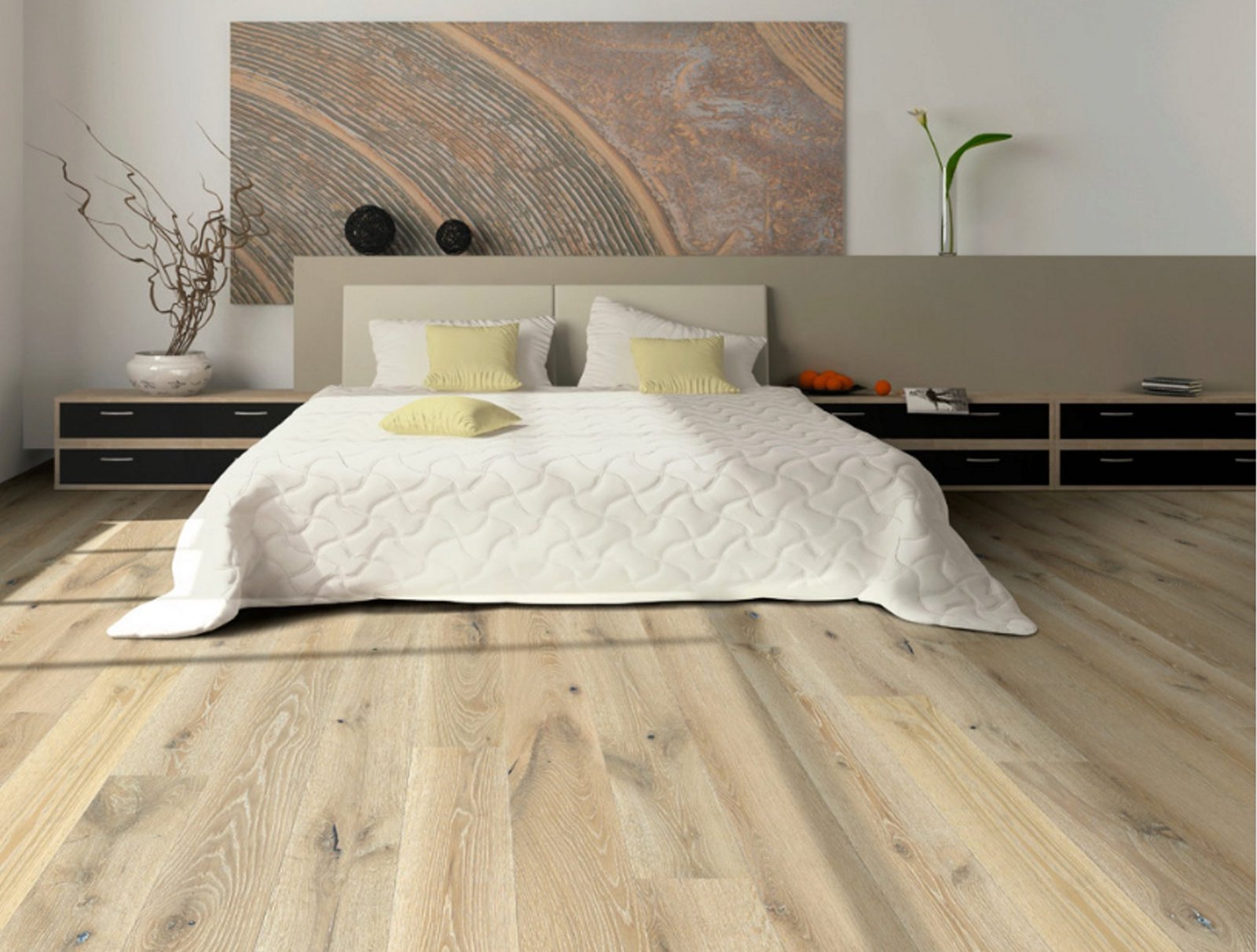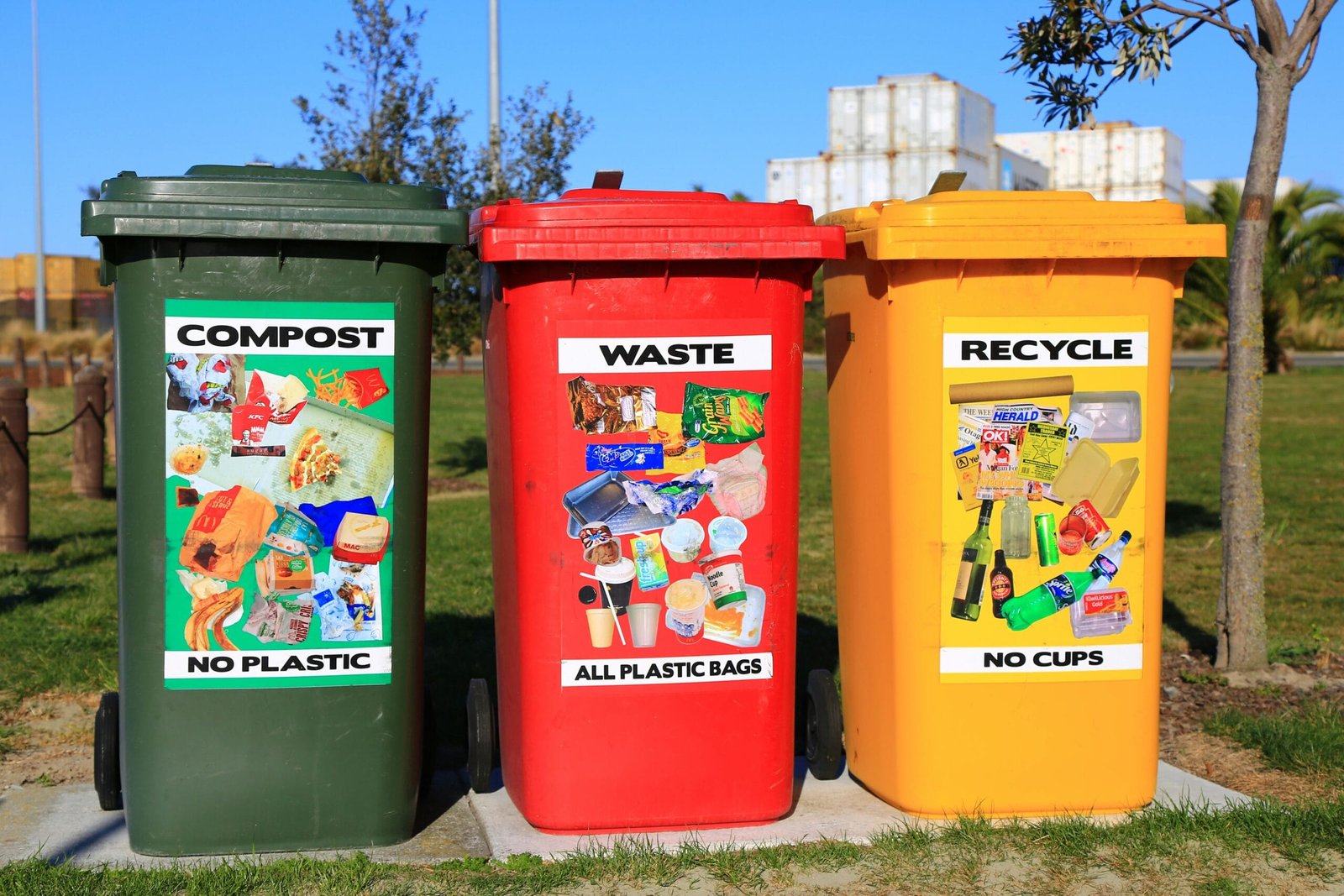Bamboo vs. Wood
Bamboo is a gift of nature. Bamboo is a natural product, in fact is actually classified as a type of grass. In Asia it has been used for millennia, and now, in the recent years has become an increasingly material, due to its unique qualities. Bamboo is extremely strong, long lasting, environmentally friendly building material and looks gorgeous. Bamboo flooring brings the beauty and warmth of solid wood flooring, and can enhance the appearance of any type of décor.

Photo by LL Flooring – Discover living room design inspiration
It is environmentally friendly because as a plant grows very quickly.
Bamboo requires only 3 – 5 years reaching maturity, and it regenerates without replanting. And also it needs a very low amount of fertilizer and pesticides.
How I mentioned, botanical, bamboo is an herb rather than a wood, but bamboo is strong and tough making it a perfect material for flooring.
Bamboo flooring is considered by many experts and homeowners to be the logical flooring choice of the future, a reliable supply of products with a stable price and this kind of flooring will endure for as long maybe longer than products made of hardwood.
And we don’t have to forget, choosing bamboo flooring is an environmentally and ecologically responsible choice.
Perhaps when you think of bamboo flooring first to imagine an uneven surface, which is very uncomfortable for use as flooring. In fact, bamboo flooring is flat as any hardwood floor and is strong like maple and 50% stronger than oak. Studies have shown that flooring made from bamboo is durable, the same or stronger than most hardwood flooring varieties and at price that’s about the same for premium wood floors.
This durability is truly a great advantage and many suppliers and distributors offer lifetime warranty (they will not respond about the quality of the bamboo boards once installed) when you purchase bamboo flooring.
Decorative effect
The decorative effect is stunning. With fiber different from conventional wood flooring, bamboo flooring is a remarkable match for many types of decorations. Finished bamboo flooring has a rich texture, with thin stripes of different colors interrupted by knots.
The design possibilities for the bamboo flooring are endless. We can choose a natural look or we can purchase bamboo flooring in almost any color and also the floor can be installed as sophisticated flooring design.
Bamboo Flooring Installation
Installing bamboo flooring is as easy as that of any type of flooring, and we can do by ourselves. It is similar to installing hardwood floors, with tongue-and-groove planking that can be nailed, stapled or glued down. We should note that, installing bamboo flooring is the last work to be performed in a new built or renovated building.
However, any job involving water or moisture should be done before the bamboo wood installation. The temperature of the room has to be 60-70*F (15-21*C) and 40-60% humidity.
Bamboo should be acclimatized in the room in which it will be installed for several days. Bamboo flooring can be nailed, stapled or glued. (Only 100% urethane-based adhesive should be used and never ever water-based adhesive). Very Important: We need to ensure a proper moisture balance between bamboo and the sub floor. (Follow the manufacturer’s instructions).
Also, we should know prior to installation of any flooring, we should ensure that the job site and subfloor meet the basic requirements: clean, swept and free of debris, no old adhesives, the old nails removed, structurally sound and leveled.
There are differences in bamboo flooring hardness, an often used selling point. Not all the products are the same. We can find two main bamboo flooring styles: Horizontal and Vertical Solid.
Also we can find Engineered Bamboo Floors. Engineered bamboo floor is not made entirely of bamboo. The engineered variety offers more stability and not so worry about moisture conditions.
Three Ply Floating Floors is generally used for floating system and Strand Bamboo ( The toughest) is constructed with shredded fibers from the bamboo plant itself. But worldwide are so many kinds of bamboo floors.
Let’s mention Prefinished Stained Bamboo Flooring and Hand Scraped.
After installation, bamboo flooring does not require any intervention, such as grinding, polishing or varnishing.
Attention: Bamboo being manufactured into flooring can be of different quality. Harvesting too early results in a weaker and softer bamboo. We need to check the quality pressing the fingernail into the surface. A bamboo that has not reached maturity will be softer and we can notice that.
Flooring Types – Today Trends | How To Build A House (howtobuildahouseblog.com)
Bamboo Maintenance
All natural and resilient floors will be subject to seasonal contraction and expansion and the toll of furniture, appliances and normal residential activity. We can protect the floor from scratches by using furniture leg pads. Otherwise a mop or vacuum of good quality are the most appropriate tools to clean dust and dirt floor. Stains can be removed with a dust mop or a slightly damp, but avoid using excess water. It isn’t recommended to use wax flooring.


